The forest holds a special place in the imagination of those who have written about it. Long a place of mystery, of mischief, of folklore, the woods are where Europeans first conjured and wrote about the idea of wilderness—a place inhabited by wild creatures. Today, we still exhilarate in the unknown, though by now our woods have been considerably tamed. For the sake of enjoyment, pretend that you are among the first to walk underneath the towering canopies among the understory. Who knows what you’ll find there?
For this installment of the #52WeekAdventureChallenge, as we near the last episode in our year-long celebration, we spotlight some of our world’s great woodland adventures. These places have a character unto themselves, whether dark and dank old-growth conifer forests on the Olympic Peninsula or the clear, broadleaf forests of the East Coast. Find yourself there and imagine this once-wild world.
One of the wettest places in the Lower 48 is a forest nestled deep in Olympic National Park. Hosting myriad flora and fauna befitting a forest that drips with precipitation for much of the year—it receives on average 127 inches of rain annually—the Hoh Rainforest is an archetypal temperate rainforest in the Pacific Northwest. Moss hangs here from the boughs of old-growth Sitka like curtains, nibbled on by the likes of the resident Roosevelt elk.
- Hall of Moss
- Sitka Nature Trail
- The fallen Big Sitka Spruce
Without question the wettest place in the United States, and among the wettest in the world, is Mount Waialeale on the Hawaiian island of Kaua’i. More than 400 inches falls here annually—that’s 400, with a four. The precipitation that cascades from the mountain’s slopes on the northern side of the island feeds dense forest that has no equal in the United States. Tropical vines, hibiscus, Banyan, and feral kittens can be found on the way to the Napali Coast.
- Kalalau Trail
- Hanakapiai Falls
In eastern California, the oldest trees in the world remain, partially deceased and gnarled against dry, desert winds. Unique and gorgeous, the Ancient Bristlecone Pine Forest is set high in the White Mountains, where the wind is unrelenting. The quiet, serene, and largely isolated beauty of this place includes the world’s oldest tree, which is more than 5,000 years old. Bristlecone forest is sparse, a rocky landscape peppered with pines, a world apart from the temperate rainforests of the West Coast.
A complex of national and state parks on California’s northern coast compose much of the state’s remaining old-growth Sequoia sempervirons—a state once coated with hundreds of thousands of square miles of the beatific tree. You might head for Redwood National and State Parks, and you might find the tallest tree species in the world, more than 300 feet tall. These are the forests of Endor: towering trees, a distant sun filtered through the crowns of giants, and a soft forest floor layered in fallen logs and ferns. Stay on the trail.
In the southern Sierra stands another superlative: by volume, the world’s largest tree. To stand among the giant sequoia is a wholly otherworldly experience, capacious giants whose ruddy color and overwhelming size instill a sense of quiet awe.
The Ozarks of Arkansas lack the superlative distinctions of those western adventures, but in the place of giant trees and wet weather, the limestone bedrock of the Midwest creates a different kind of adventure opportunity. The dense deciduous forests of the Ozarks hide caves, caverns, and waterfalls between their leaves.
- Big Creek Cave Falls
- Blanchard Springs Waterfalls
- Blanchard Springs Recreation Area
- Grand Gulf State Park
One of the most visited woods in the United States, the forests of the Smoky Mountains offer one of the best fall foliage displays in the autumn. But the streams flow throughout the year, and to be among the leaves alongside the water’s rhythmic sounds is always welcome respite.

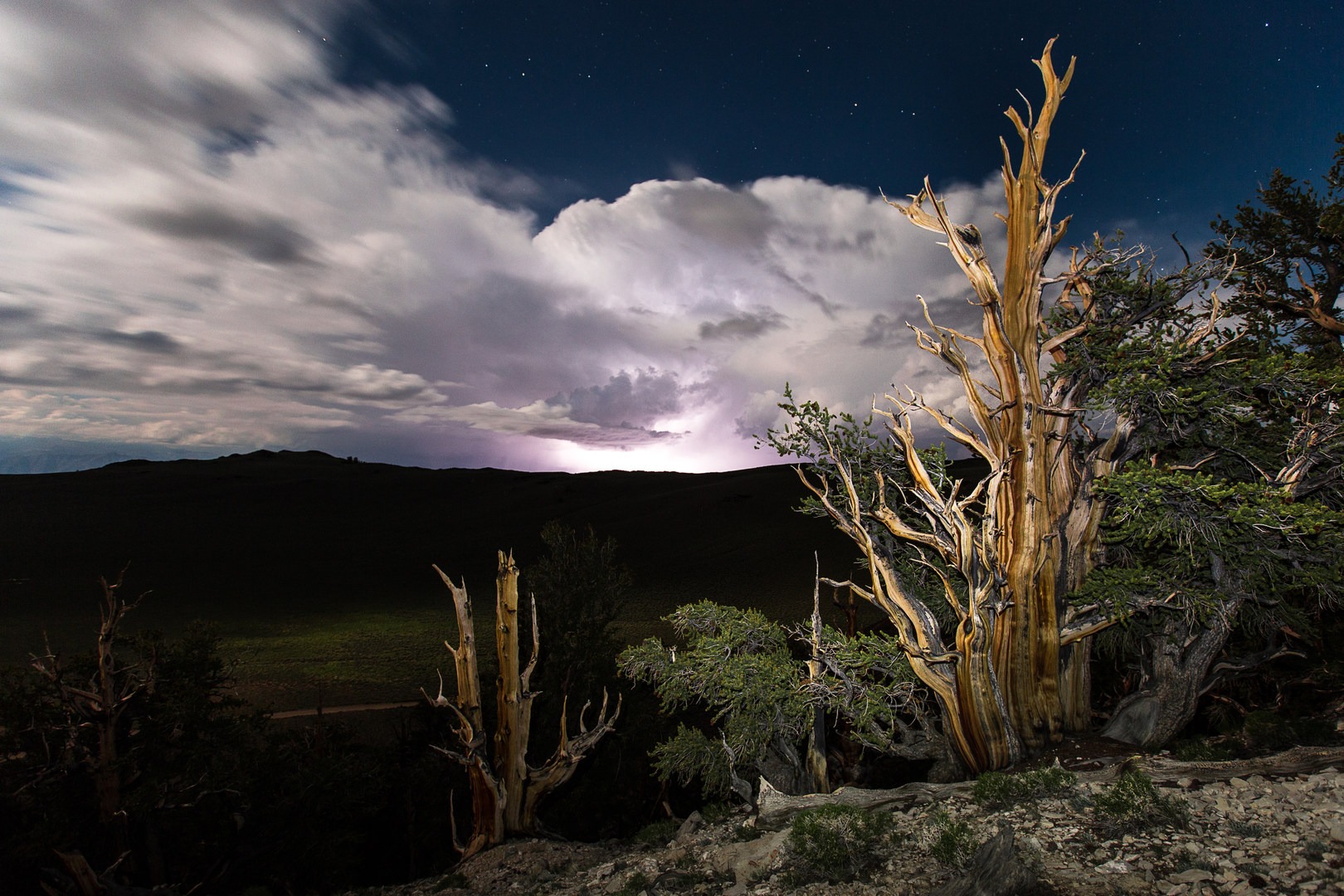
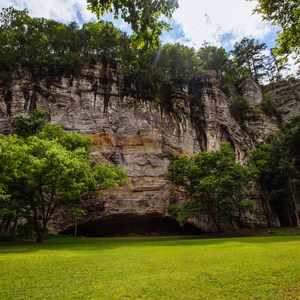
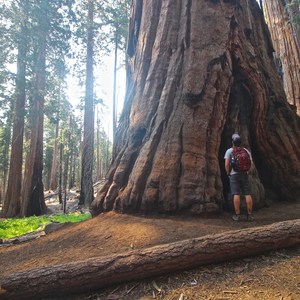
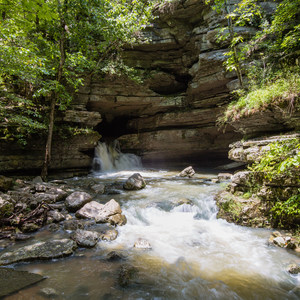
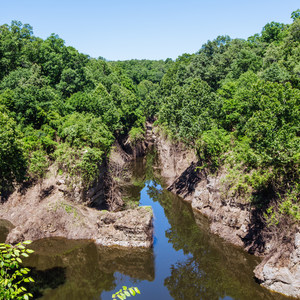
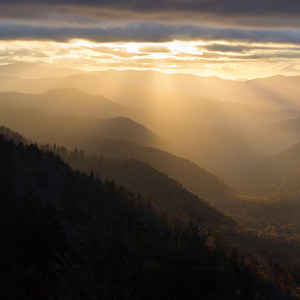
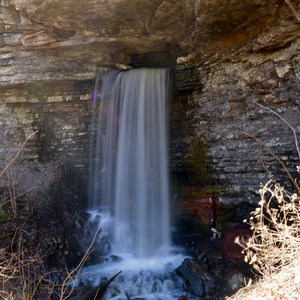
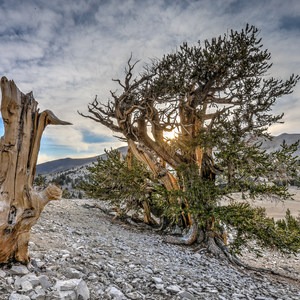
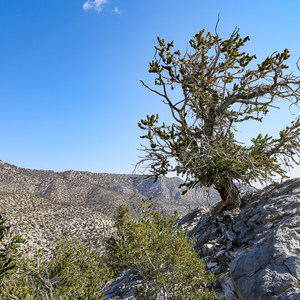



Comments
Sign In and share them.